#As compared to Alain Delon,John Malkovich and even Matt Damon (whose portrayal I like the least) before him
Text



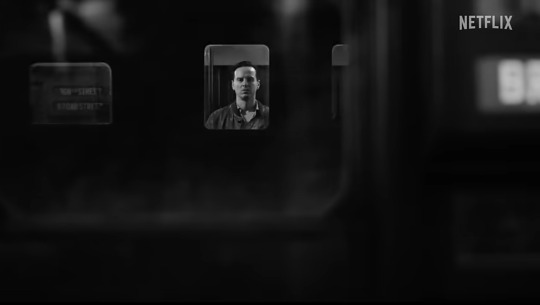


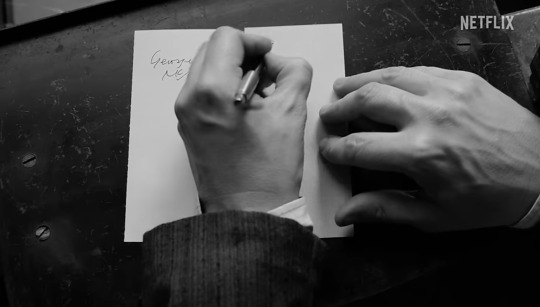







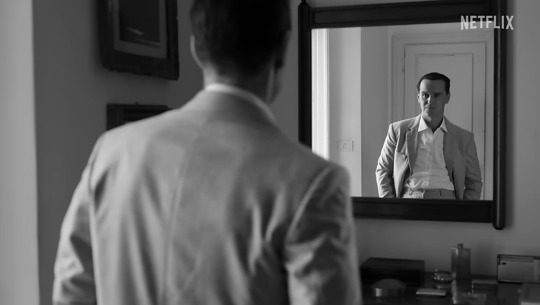
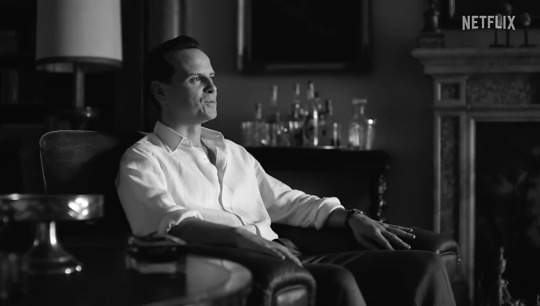

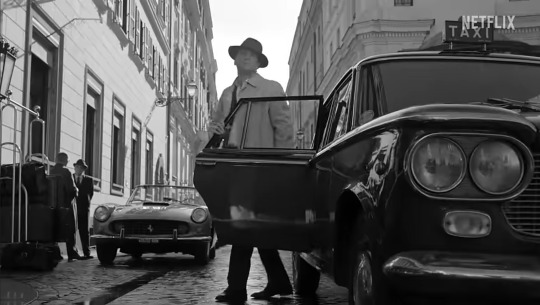


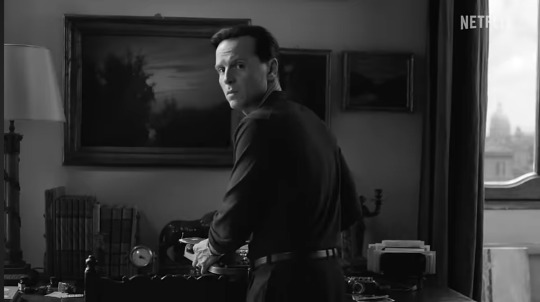

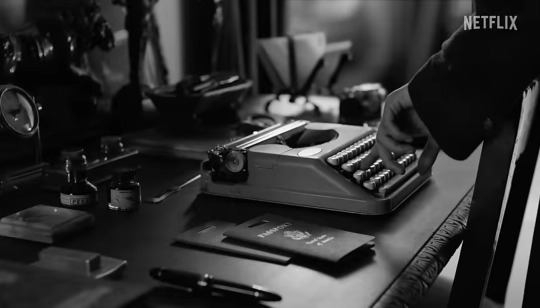


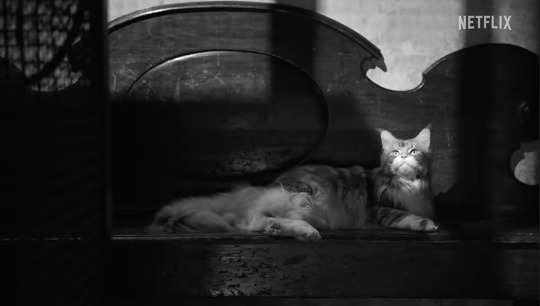

“Tom is one of those people who takes advantage of people.”
R I P L E Y (2024) | Trailer | 04.04.2024
#Ripley 2024#Hmm as intrigued as I am by the B & W cinematography#The more I see of#Andrew Scott#It makes me doubt his suitability#What makes Tom Ripley fascinating and unnerving is he's a psychopath#And serial killer WITHOUT giving off those vibes but Scott does off the bat#As compared to Alain Delon,John Malkovich and even Matt Damon (whose portrayal I like the least) before him#Well…all will be revealed April 4th!#Dakota Fanning#Johnny Flynn#The Talented Mr Ripley
38 notes
·
View notes
Text
Movie Review | The American Friend (Wenders, 1977)

More than most of our great actors, Dennis Hopper's personal life and career are difficult to separate from his performances. Here's a man who started off in studio pictures, directed one of the defining films of the American new wave, had his next film buried and was cast off into the wild, so to speak, as his drug problems escalated, and after a successful stint in rehab, found a second career playing great movie psychos. This is an extremely simplified summary of his life and career, and Hopper certainly had films in each era that buck the trends I refer to, from his early role in Curtis Harrington's strange and mystifying Night Tide, to his directorial success with gritty cop drama Colors to his turn as a villainous real estate tycoon in Land of the Dead (a film whose satirical points proved to be entirely on target when I revisited it last year), but the point still stands. I mean, you look at his role as a photojournalist under Kurtz's spell in Apocalypse Now, his best known role during his "wilderness" years, and it doesn't seem too far off from the real Hopper. Wim Wenders' The American Friend was another film Hopper made during these years, and by Wenders' account, his initial behaviour very much justified that reputation. (Apparently a night of partying helped patch up any disagreements on set.)
Here Hopper plays Tom Ripley, that great psychopath of print and screen, but what will struck any viewer familiar with the source material is how unusual a fit he is for the role. Certainly there's no one way to play Ripley. One need only look at the different film adaptations, where he's been played by actors as diverse in style as Hopper, Alain Delon, John Malkovich and (in the shamefully yet to be seen by me Anthony Minghella film, given its reputation in menswear circles) Matt Damon. And Ripley himself changes between novels. Compare the insecure, aspiring character in The Talented Mr. Ripley to the survival instinct in Ripley Under Ground to the strange benevolence of Ripley's Game, of which this is an adaptation. When reading the source novel, I pictured Ripley as cold, composed and calculating, an approach Malkovich took in Liliana Cavani's adaptation a few decades later. (I like that movie quite a bit, but if one must quibble, Malkovich plays the role perhaps too conventionally.) Hopper is anything but. He's impulsive, mercurial and tortured, and comes sideways to the material yet in a way that's ultimately quite fitting. We can believe this is a man who would seek to ruin Bruno Ganz's hero's life over a minor insult and also a man who would stick his neck out to assist the man he wronged over something so meager, if only to rebalance the scales of cosmic justice. Movie psychos don't always adhere to the psychological realities of real life sociopaths, but Hopper's anguished demeanour makes the portrayal work.
Hopper also diverges from other incarnations of the character in his wardrobe. The Talented Mr. Ripley, set in an Italian resort town, suggests that its characters should be sporting relaxed, maybe a little louche, vacation wear, which is certainly the case in its adaptations. Ripley's Game has an older, more discreet Ripley, and Cavani's adaptation has him dressed fairly conservatively. In contrast, Wenders has Hopper (my guess is at Hopper's insistence) decked out in workwear, sometimes in a jumpsuit, sometimes in denim (providing more evidence that a Canadian tuxedo is a good look in the right hands) and almost always with a cowboy hat. It's a look that suggests honest Americana in most contexts, but here takes on a sinister quality. ("What's wrong with a cowboy in Hamburg?" he asks, none too reassuringly.) Highsmith as an American ex-pat living in Europe likely had a different relationship to the character than Wenders, a German in West Germany, and one can read a political and cultural dimension into the way Ripley, an American, influences sometimes nefariously and sometimes beneficently the life of the German hero. The hero's initial disgust at Ripley's involvement in an art forgery scheme, a plot point lifted from Ripley Under Ground, seems pretty pointed in this respect. Lest I suggest that Wenders' views towards Americans and their cinema are entirely ambivalent, it's worth noting that he casts crucial supporting roles with Nicholas Ray and Samuel Fuller. (He also places Jean Eustache in a brief scene, but one which hits a key narrative beat.) To an extent, their casting plays as iconography, and a moment where Hopper parts from Ray, the former marching towards a modern skyscraper while the latter is framed against an aging building, feels like an attempt by Wenders to find a place for his movie, loosely falling in that very American genre of film noir, in the context of both American and German tradition.
In adapting Highsmith's work, Wenders shuffled the settings to place most of the action in Hamburg, and perhaps because of the contrast with his preceding road movies, he seems particularly interested in the realities of the location. There is of course the scene I mentioned above, and the way the joyless industrial settings seem to colour the mood. (That mood is of course enhanced by the cinematography by the great Robby Müller, which is a masterclass in its use of colour. The fluorescent lighting is bold yet harsh and chilly, creating a movie that's gorgeous to look at yet a little oppressive to spend time in.) Ripley's lair even looks like a crude cartoon sketch of the White House, which again plays into the movie's curious yet critical view of American iconography (a quality which would bloom in Paris, Texas). This kind of specificity also ties nicely into its qualities as a thriller, of which this is a terrific example. The movie's most thrilling sequence (shot both on a moving train and also in the studio, with the footage later assembled with immaculate timing) is the hit on the train, where the hero, eventually assisted by Ripley, has to devise and perform a pair of murders in a crowded, cramped, moving train and dispose of the bodies without anybody noticing, sometimes hiding bodies in the bathroom, sometimes stashing weapons in different nooks, sometimes fleeing to unattended cars (the hero sticks his head out a window at the train's rear and cries in relief, as seen in the bizarre visual of a helicopter shot that makes it look like the bright red train is moving backwards). I also think of the way the victim's body tumbles down the escalator after Ganz's character performs his first hit and the sight of Ganz fleeing the subway as seen through the security camera, which evokes the feeling of being trapped by the location and enhances the subsequent sense of freedom and exhilaration experienced by the hero. Ganz's character is a good man, but Highsmith understands and Wenders captures the subversive thrill his terminally ill character might get from checking out, however briefly, from societally accepted morality. If the movie has a weak spot, it's the character of his wife, whose concern for her husband and suspicion of his activities make her a firm moral centre but also a little one note. But one suspects this is less a result of a failing of Wenders and Lisa Kreuzer, who plays the character quite sympathetically, and more from Highsmith's comparative disinterest in the good and normal. Bad guys are just so much more interesting.
3 notes
·
View notes